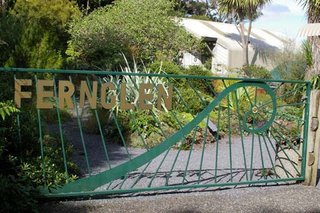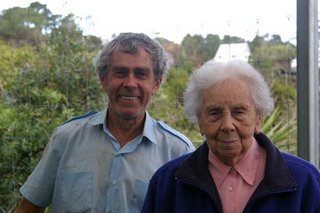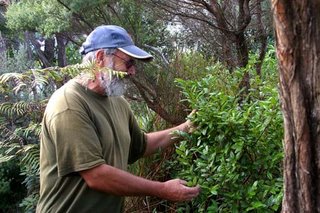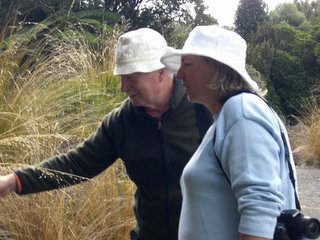The Future of New Zealand Gardens
Our travels around New Zealand from January through May of 2006 showed us that the influences from the islands' British past are still much in evidence. However, as in Canada and the US, there are increasing signs of the emergence of a unique gardening identity that embraces the local climate, conditions, culture, and plants.
Young landscape architects are selecting from this rich heritage, and many are blending both European and American influences into their work again, while remaining sensitive to native ecological issues.
A recent (May 2006) issue of New Zealand's Next magazine profiled a number of young students, graduates, and a lecturer from the landscape architecture program at Unitec, a polytechnic in Auckland. Snippets from their interviews provide an insight into the scope of New Zealand gardening today:
Debbie Upton (graduate) "It's the social implications that excite me. I visited gardens in Europe before doing my degree. Now I wish I could return to look at all the public spaces."
Nicky Treadwell (lecturer) "We look at spatial design, the boundary between architecture and the environment. It's as much about people as the environment--the spaces where people live their lives...I guess it comes from the 1950s California ethic of inside/outside living."
Rachel Potter (student) "I see it as part of a green network of parks and reserves...it's a great place to teach people about ecological systems."
Heidi Monks "There's something that's urging her on...she calls it 'the interconnectivity of everything' and it underpins all her design work..."
Michael Cassidy (graduate) "He sees...enough wide-open space to swallow thousands of people without pressure. A place to rescue and rehabilitate local plants and wildlife."

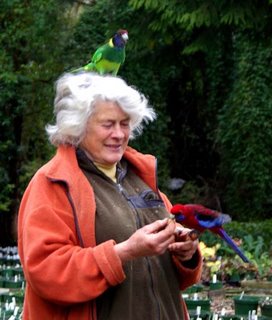
Certainly the beautiful Hamilton Gardens represents the wealth of influences available to New Zealand gardeners.





 I look forward to seeing evidence of new and traditional influences on my next visit to this wonderful country where even their garden art reflects their sense of humour!
I look forward to seeing evidence of new and traditional influences on my next visit to this wonderful country where even their garden art reflects their sense of humour!
